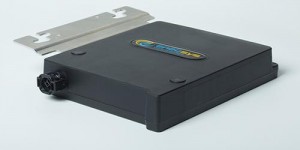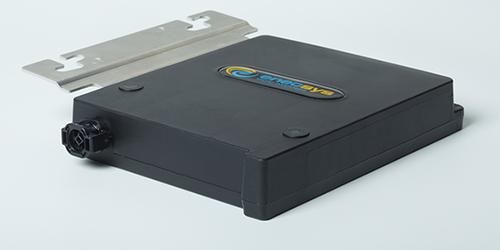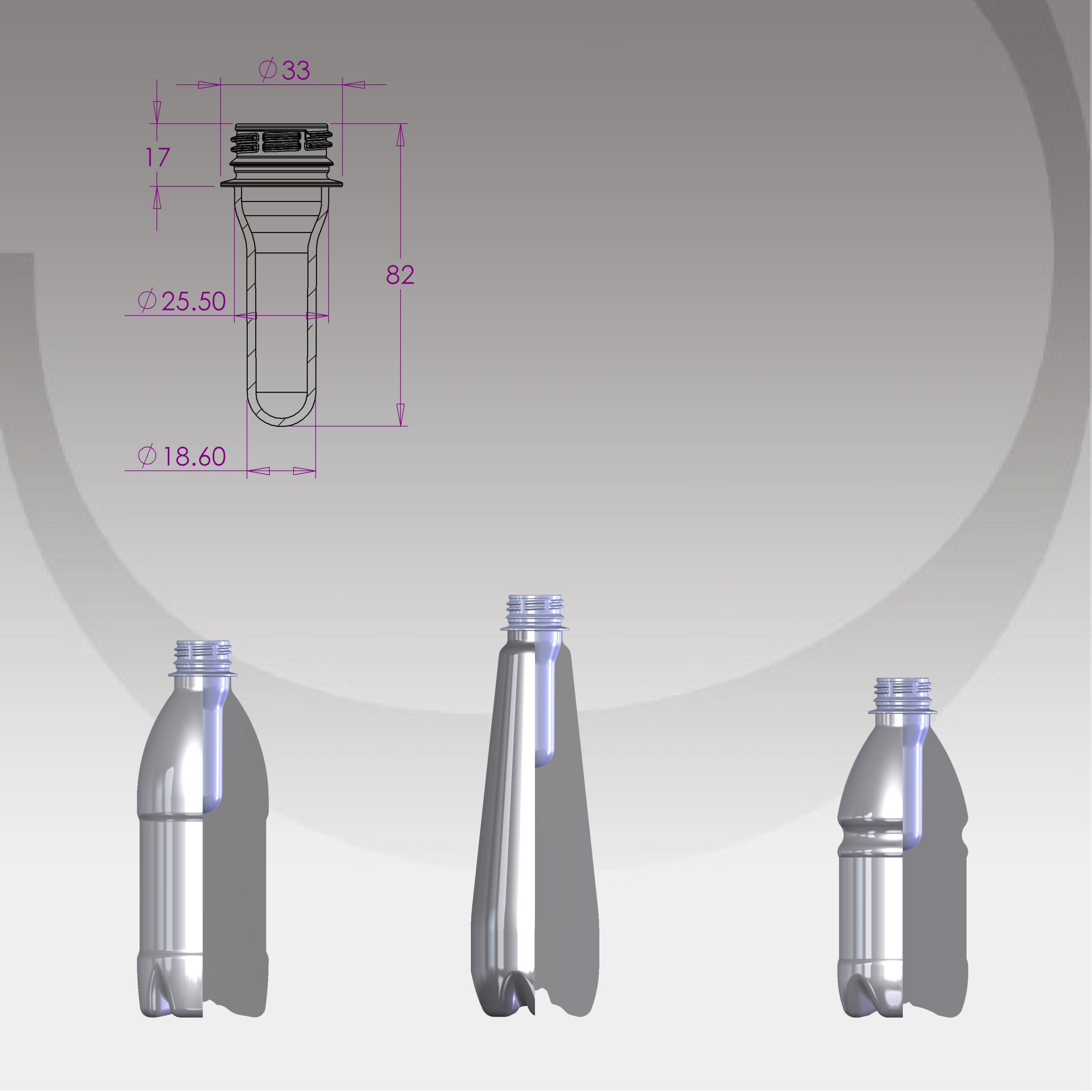Enecsys has released its second generation of solar panel micro inverters. The new offerings feature more energy output and energy-harvesting capability than their predecessors, the company said, and a self-configuration feature allows the converters to adapt automatically to international energy standards.

Ajay Malhotra, vice president of marketing for the Redwood Shores, Calif., company, told us that inverters normally convert the DC electricity from an array of solar panels as a whole to AC. That’s fine for a large array at an industrial site or in a field with nothing to block access to the sun, but it is not as practical or efficient elsewhere.
“In a residential neighborhood, you have chimneys, windows, trees, bird debris,” Malhotra said. “When you have panels strung together like in a Christmas-light situation, when one light goes out, the whole string of lights goes out. When one panel is shaded, then the output of the array is dramatically negatively impacted.”
Rather than converting an array’s DC electricity into AC as a whole, micro converters are attached to each panel and responsible only for that panel. They are becoming more of a trend in residential solar installations. “If one panel is shaded, all of the energy output is diminished while the rest of the panel continues to produce energy at maximum ability, so you’re maximizing energy harvest.”
Enecsys has been producing micro inverters since 2003. Its company founders, graduates of Cambridge University, were some of the pioneers of the technology, especially in creating devices that could last as long as solar panels (20-25 years). To that end, Enecsys is including a 25-year warranty with its second generation of inverters, Malhotra said. The first generation had a 20-year warranty.
The new inverters feature a few energy-related improvements, including an AC output of 240-300 watts, with a peak efficiency of 96.5 percent. The previous generation had an AC output of 225 watts with a peak efficiency of 93.5-94.5 percent.
Enecsys also has made the new inverters more friendly to solar-panel OEMs by making it well suited for an AC module configuration. This addresses the industry trend of marrying a solar panel to its micro converter during production. “The first generation was more designed for discrete installers. The second is expected to be popular in AC module configuration.”
Another feature of the new line of micro inverters is the ability to self-configure upon installation to comply with the rules and standards of countries such as the US, Australia, Germany, Spain, and Portugal. The inverters can connect through a communications gateway to the Internet, identify where they are, and access the necessary codes and information. “Overall, this has the effect of bringing down the cost of installation.”
Source: http://www.designnews.com/document.asp?doc_id=263916&itc=dn_analysis_element&




